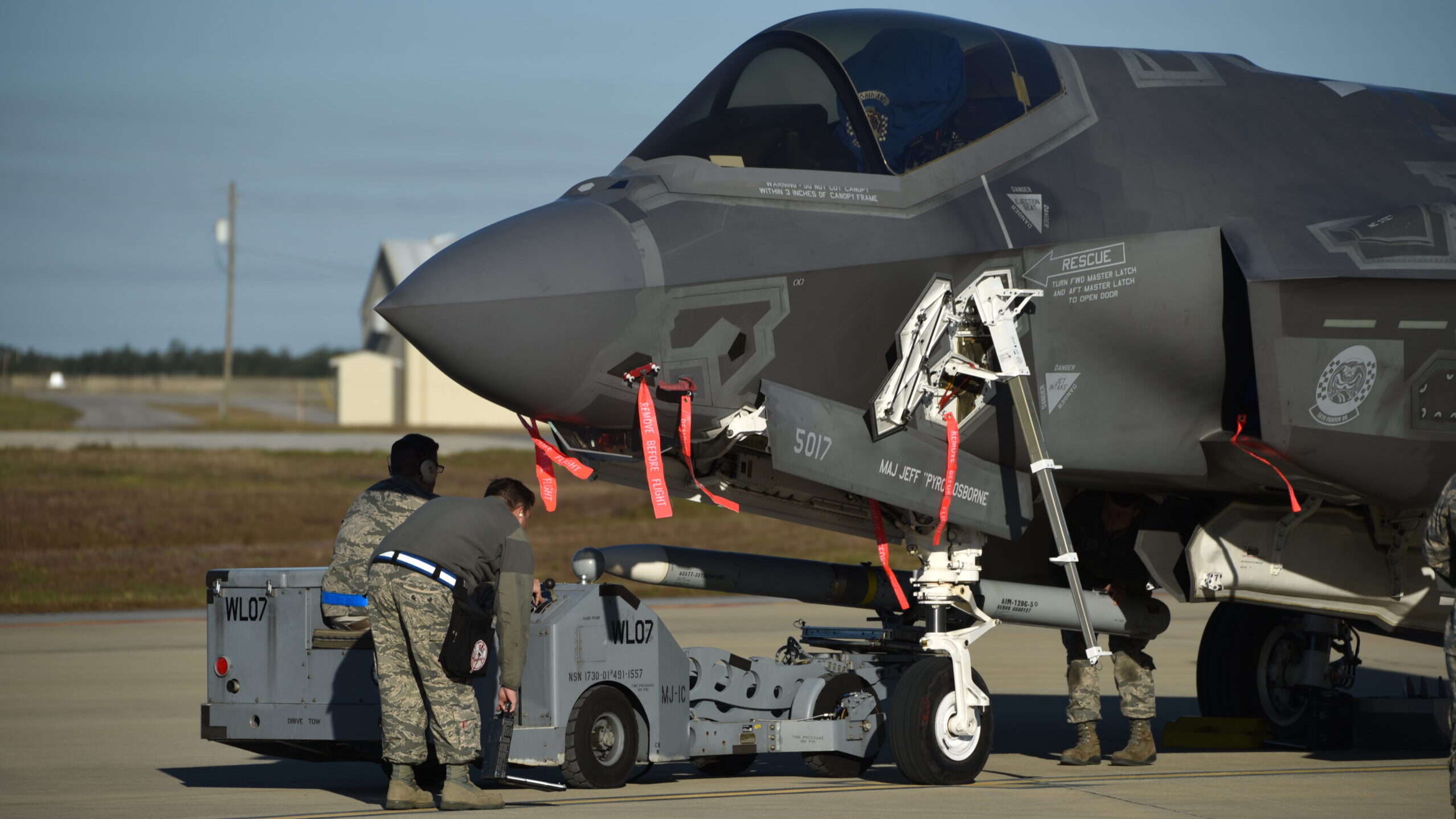World
Air Force Shifts Strategy, Abandons New Command Plan

The Air Force has announced a significant change in its approach to technology acquisition by abandoning plans to establish the Integrated Capabilities Command (ICC). Instead, the service will integrate the ICC’s intended functions into the existing Air Force Futures unit, also referred to as A5/7, by April 2026. This decision follows a review of the Air Force’s reoptimization efforts, which had been initially unveiled under the Biden administration last year.
The proposal for the ICC was part of a broader initiative aimed at transforming how the Air Force acquires and manages its technological assets. A provisional version of the ICC was set up last year to oversee the service’s requirements for purchasing weapon systems. However, the new strategy will now focus on enhancing and streamlining operations within the established A5/7 structure.
Troy Meink, the Secretary of the Air Force, stated that this restructuring aims to “accelerate the delivery of combat power, improve efficiency, and shorten the decision timeline.” As part of this transition, the Air Force plans to create a new Chief Modernization Officer role, which will oversee critical areas including strategy, force design, mission integration, capability development, and modernization investment prioritization.
Leadership Changes and Future Directions
To lead the restructuring of A5/7, the Air Force has appointed Maj. Gen. Christopher Niemi, who previously served as the commander of the Air Force Warfare Center at Nellis Air Force Base in Nevada. This leadership change comes as the Air Force reevaluates its modernization strategies and seeks to align its resources more effectively.
The decision to abandon the ICC reflects broader uncertainties within the Air Force regarding reoptimization initiatives. Earlier this year, the service paused its reoptimization efforts, prompting a reassessment of its strategic direction. The future of other components within this extensive overhaul, which also encompasses initiatives related to the Space Force, remains uncertain.
The reoptimization strategy, aimed at addressing modern military challenges, has faced criticism from some quarters, including officials from the previous administration. Reports indicate that internal disagreements may have contributed to the dismissal of former Air Force Chief of Staff Gen. David Allvin. In his place, Gen. Kenneth Wilsbach, the former chief of Air Combat Command, has been nominated to lead the service.
During a recent roundtable discussion, Meink emphasized the importance of readiness and modernization, stating, “I think a lot of the ideas that have been floated around, regardless of where they came from, are important.” He also expressed skepticism about framing the overhaul as a response to great power competition, asserting, “we need to be able to win, period.”
This restructuring marks a pivotal moment for the Air Force as it navigates complex operational challenges while seeking to enhance its technological capabilities and operational readiness. The transition to a more integrated approach under the Air Force Futures unit highlights the service’s commitment to adapting its strategies to meet evolving demands in defense and warfare.
-

 Science2 months ago
Science2 months agoInventor Achieves Breakthrough with 2 Billion FPS Laser Video
-

 Health2 months ago
Health2 months agoCommunity Unites for 7th Annual Into the Light Walk for Mental Health
-

 Top Stories2 months ago
Top Stories2 months agoCharlie Sheen’s New Romance: ‘Glowing’ with Younger Partner
-

 Entertainment2 months ago
Entertainment2 months agoDua Lipa Aces GCSE Spanish, Sparks Super Bowl Buzz with Fans
-

 Health2 months ago
Health2 months agoCurium Group, PeptiDream, and PDRadiopharma Launch Key Cancer Trial
-

 Top Stories2 months ago
Top Stories2 months agoFormer Mozilla CMO Launches AI-Driven Cannabis Cocktail Brand Fast
-

 Entertainment2 months ago
Entertainment2 months agoMother Fights to Reunite with Children After Kidnapping in New Drama
-

 World2 months ago
World2 months agoIsrael Reopens Rafah Crossing After Hostage Remains Returned
-

 Business2 months ago
Business2 months agoTyler Technologies Set to Reveal Q3 Earnings on October 22
-

 World2 months ago
World2 months agoR&B Icon D’Angelo Dies at 51, Leaving Lasting Legacy
-

 Health2 months ago
Health2 months agoNorth Carolina’s Biotech Boom: Billions in New Investments
-

 Entertainment2 months ago
Entertainment2 months agoRed Sox’s Bregman to Become Free Agent; Tigers Commit to Skubal









